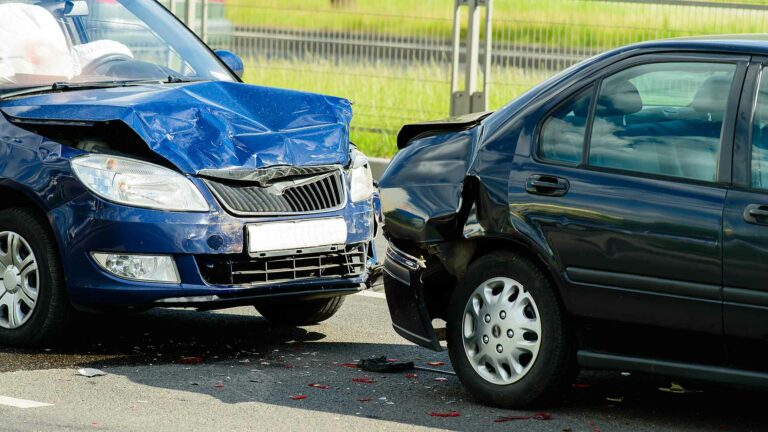A new system for calculating car insurance premiums has been introduced in the UK, switching from the existing group 1-50 car insurance rating to a 1-99 scale. The new system, known as ‘Vehicle Risk Rating’ (VRR), analyzes insurance risk based on five detailed criteria. The system, developed by Thatcham Research, is dynamic, meaning that car insurance ratings can change over a vehicle’s lifespan as new information, such as real-world security statistics, comes to light.

The current group rating system is static, determined when a vehicle is launched. The new VRR system took 18 months to develop, evaluating more than 1,300 data points from 25,000 cars and vans.
“New technology is challenging the existing motor insurance model, prompting an unprecedented shift in the balance of risk from the driver to the vehicle,” said Jonathan Hewett, Thatcham Research’s chief executive. “We’ve worked closely with insurers, drawing upon cutting-edge data analysis to create a rating system that offers a more precise and detailed assessment of vehicle risks.”
Hewett added that this will not only enable more accurate car insurance premium calculations but will incentivize firms to factor in insurance costs when designing new vehicles.
Vehicle Risk Rating Explained
The new Vehicle Risk Rating system is based on five key assessments, intended to “provide a holistic view of each vehicle’s risk profile.” Each assessment is scored on a scale of 1 to 99, with the goal of giving insurers greater insight into individual vehicle risks, which will then inform the premiums offered to drivers.
The five assessment areas are:
- Performance: Speed, acceleration, and the impact of modern powertrains
- Damageability: How design, materials and construction influence repair costs and damage severity
- Repairability: The ease and cost of repairs — intended to encourage repair-friendly designs
- Safety: Active and passive safety systems, including crash avoidance features
- Security: Physical and digital security measures, using Thatcham Research’s New Vehicle Security Assessment data
Repairability is highlighted as particularly significant, with repair costs for insurers increasing by 28% in just one year. Furthermore, Thatcham Research found electric cars are 25% more expensive to insure than petrol cars and take 14% longer to repair.
“Repairability is increasingly important,” stated Hewett. “Without a keen focus on sustainable repair at the design stage and vehicle launch… the industry’s environmental endeavors are at risk of being undermined by vehicles that become disposable too early into their use phase.”

What’s Next for Car Insurance Ratings?
For the next 18 months, Thatcham Research has stated that the new Vehicle Risk Rating system will operate alongside the old group rating system. During this period, cars will be “dual rated”, with a weighted overall VRR rating calculated for each new car sold. Eventually, VRR will become the sole reference point for assessing vehicle risk.
Thatcham warns that the two systems aren’t directly comparable. For instance, a car with a current group 20 rating will not automatically be rated 40 under VRR. Because VRR takes into account more than 1,000 data points across its five pillars, compared to the current system’s 125 vehicle attributes, it will combine more accurate vehicle data with traditional driver-specific factors, like claims history.
The aim is to create more accurate individual premiums that reflect the advances many automakers are making, including the benefits of advanced driver assistance systems (ADAS) for crash avoidance and new security technology to stay ahead of criminal activity.
“Vehicle design and technology has undergone a massive step-change,” commented Richard Birch, chair of the Vehicle Risk Rating panel and the underwriting manager at Saga. “Vehicle Risk Rating, with its enhanced scoring, informed by the five risk assessments, delivers a vastly more accurate assessment than the outgoing group rating system, on which insurers can rate and underwrite, while providing transparency to manufacturers allowing them to design and build more insurable vehicles.”
Motoring Research will keep you updated as the new Vehicle Risk Rating car insurance system is rolled out, including feedback from car insurers, motorists, and car manufacturers.


